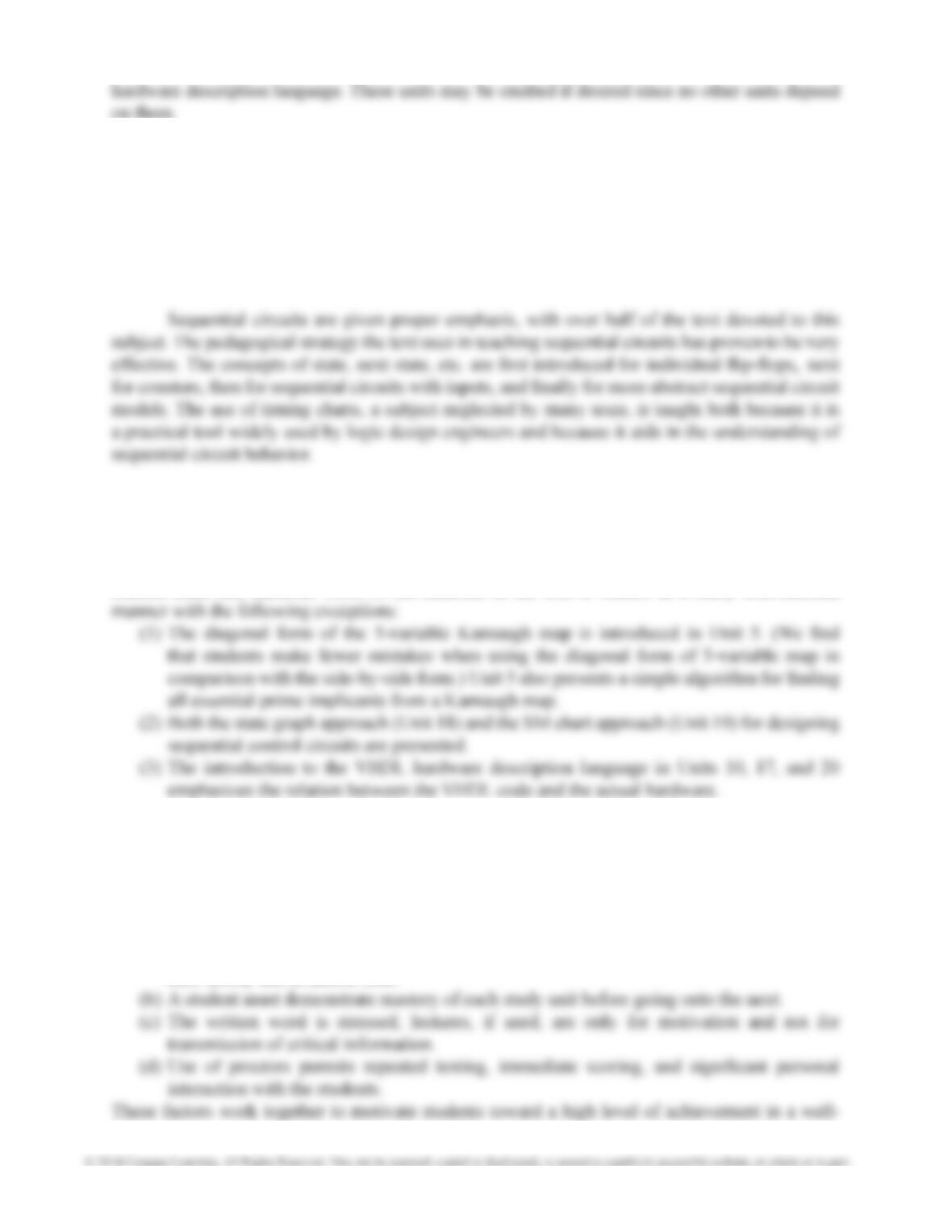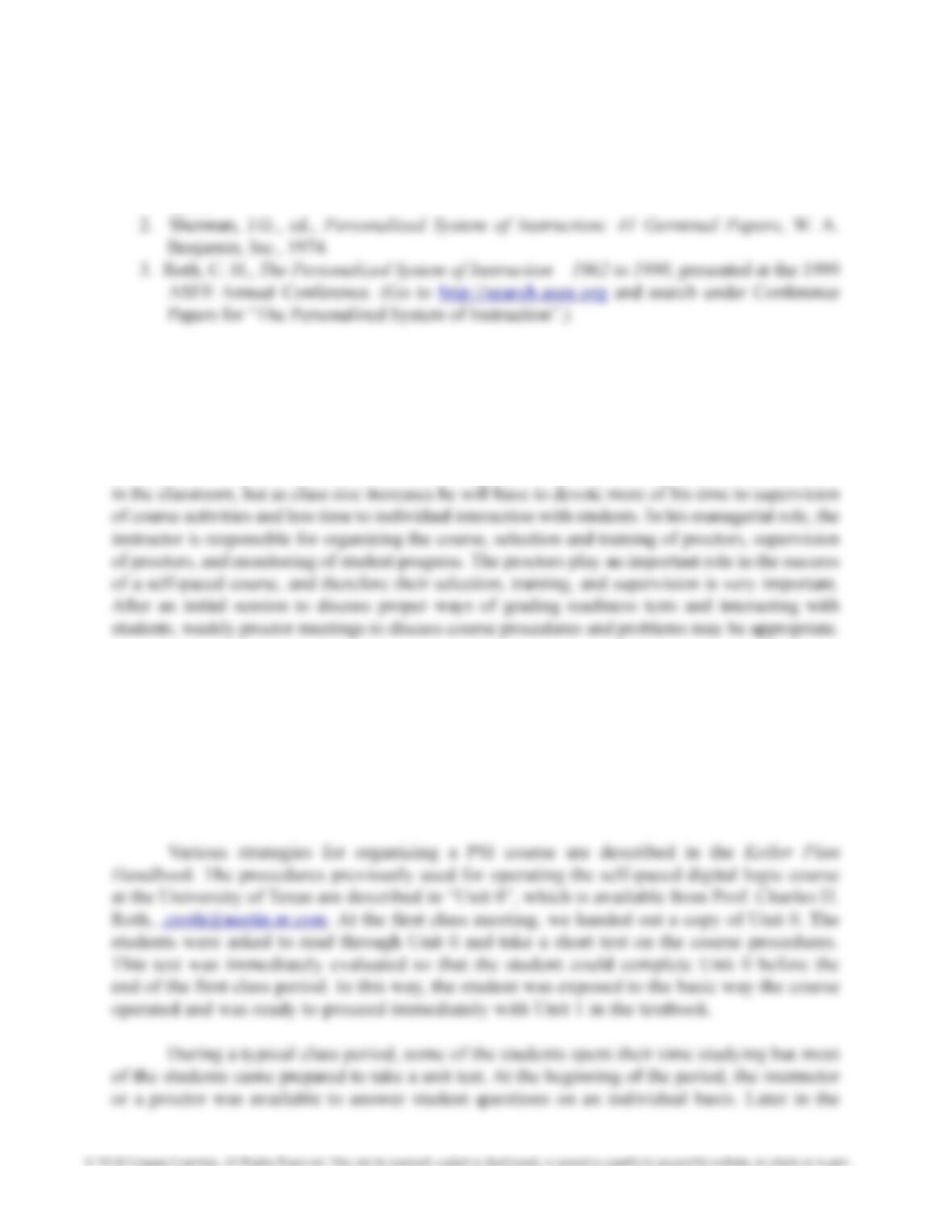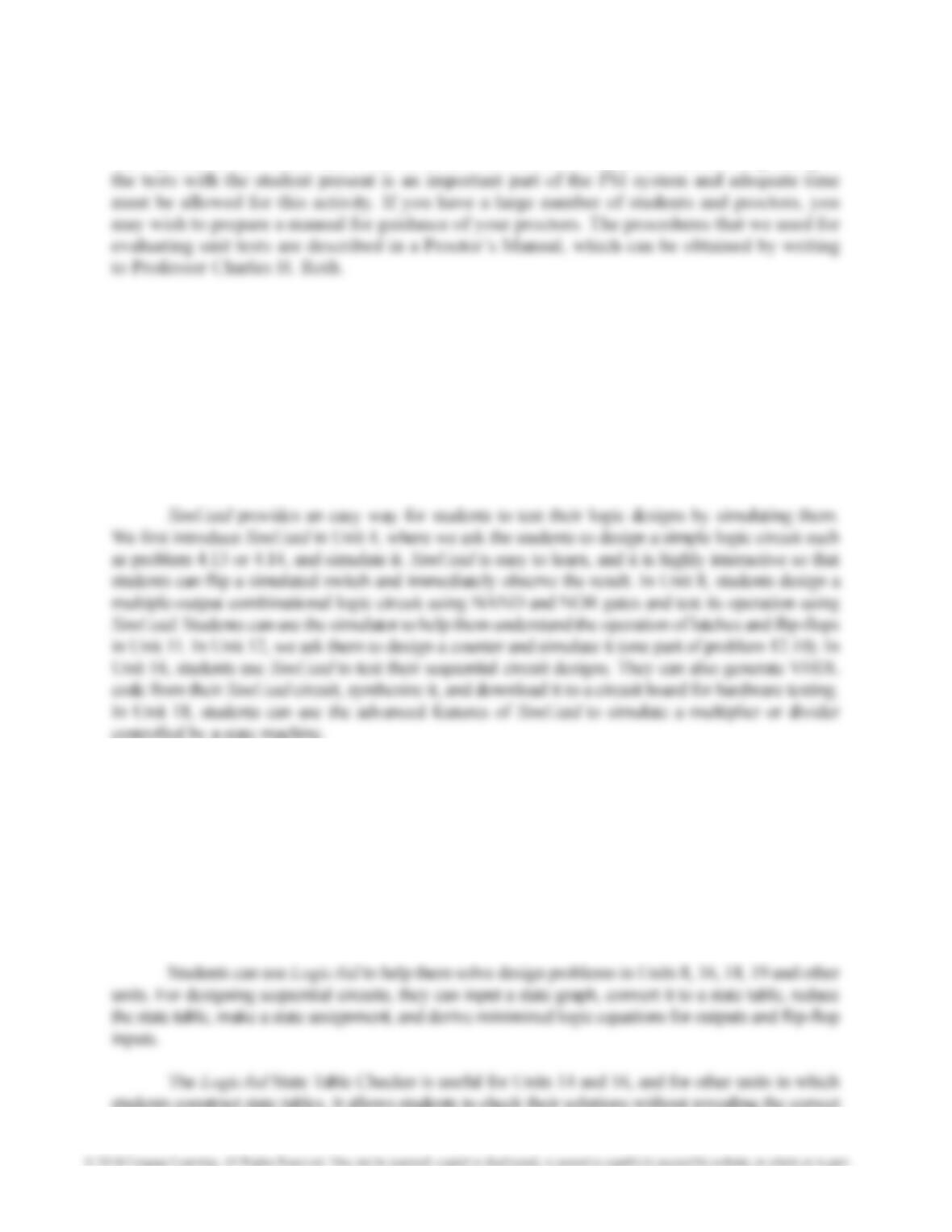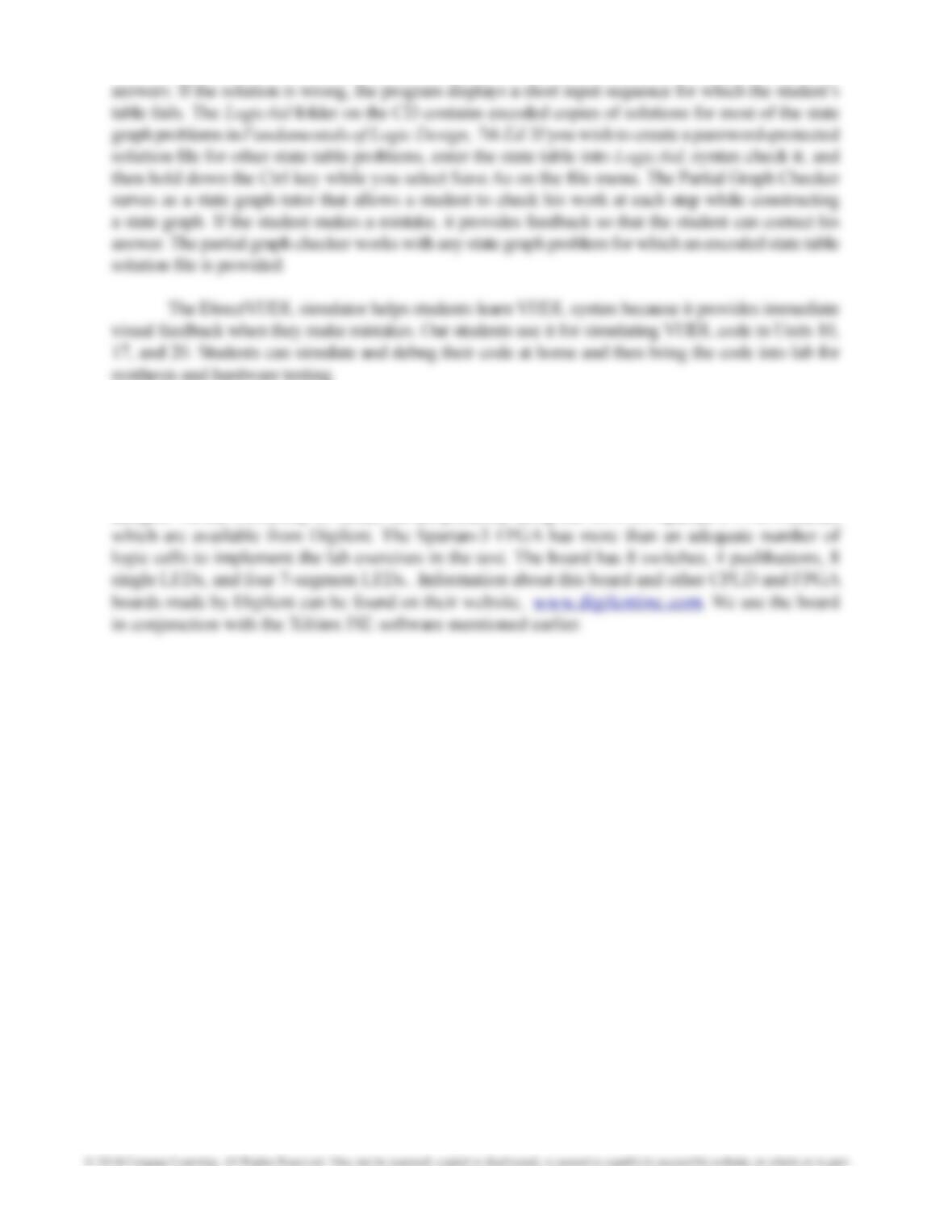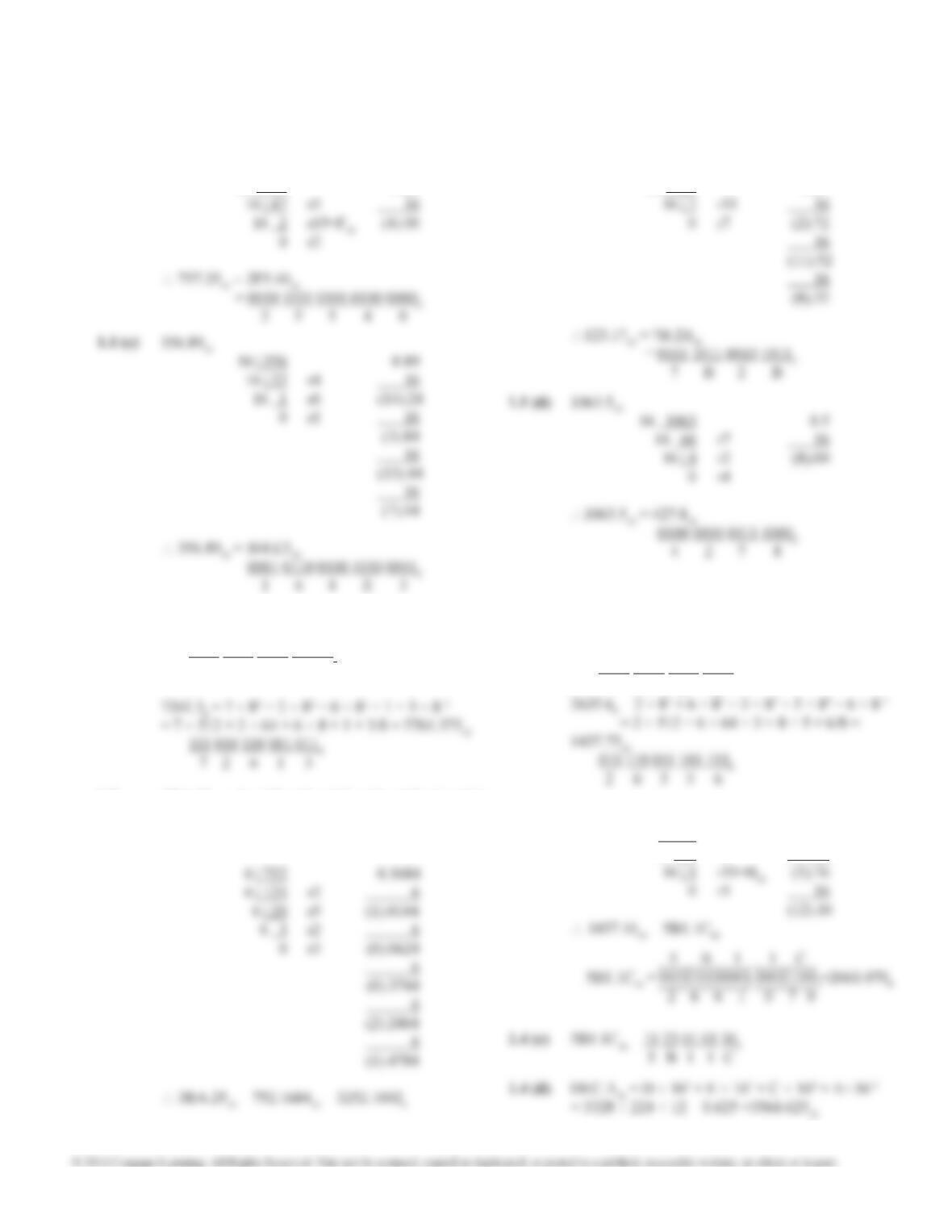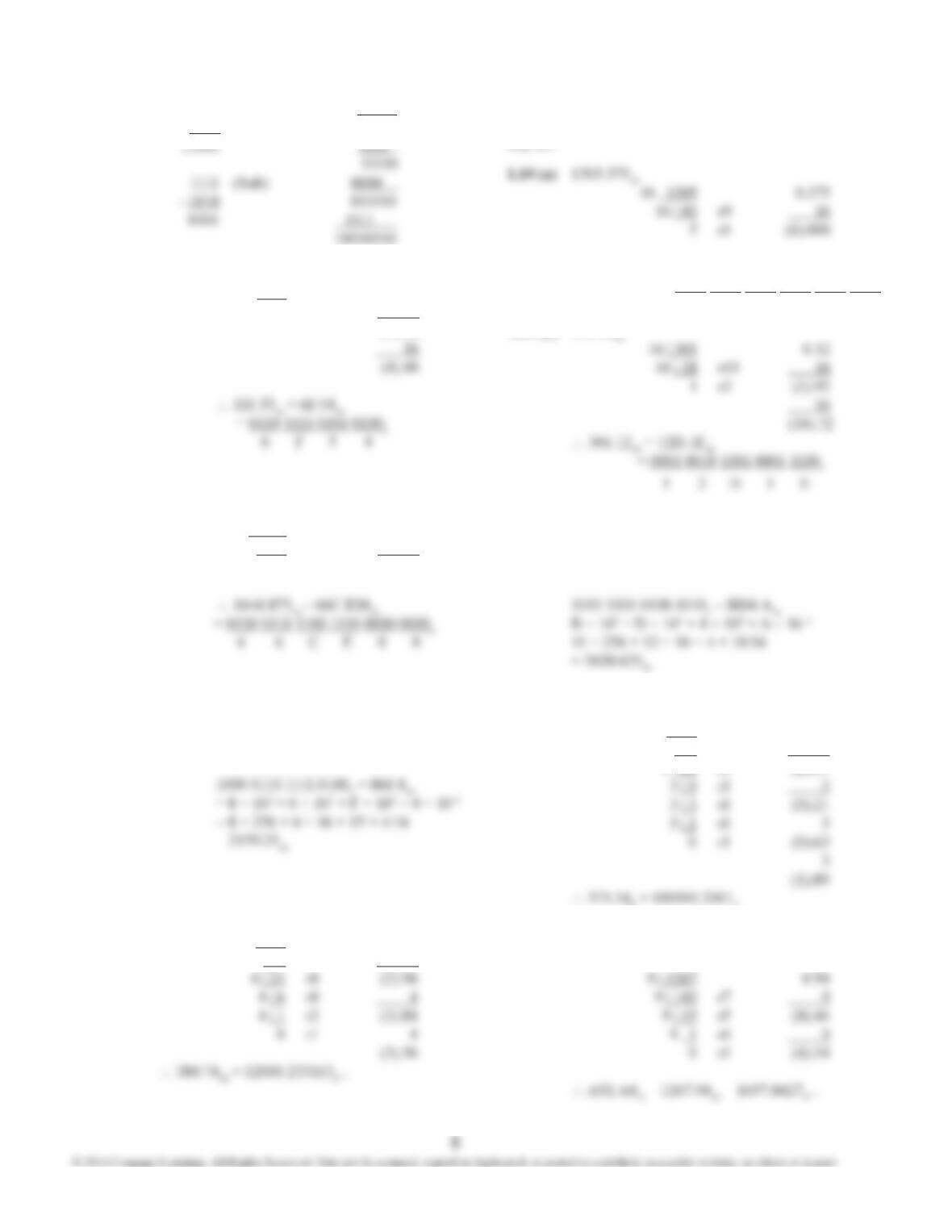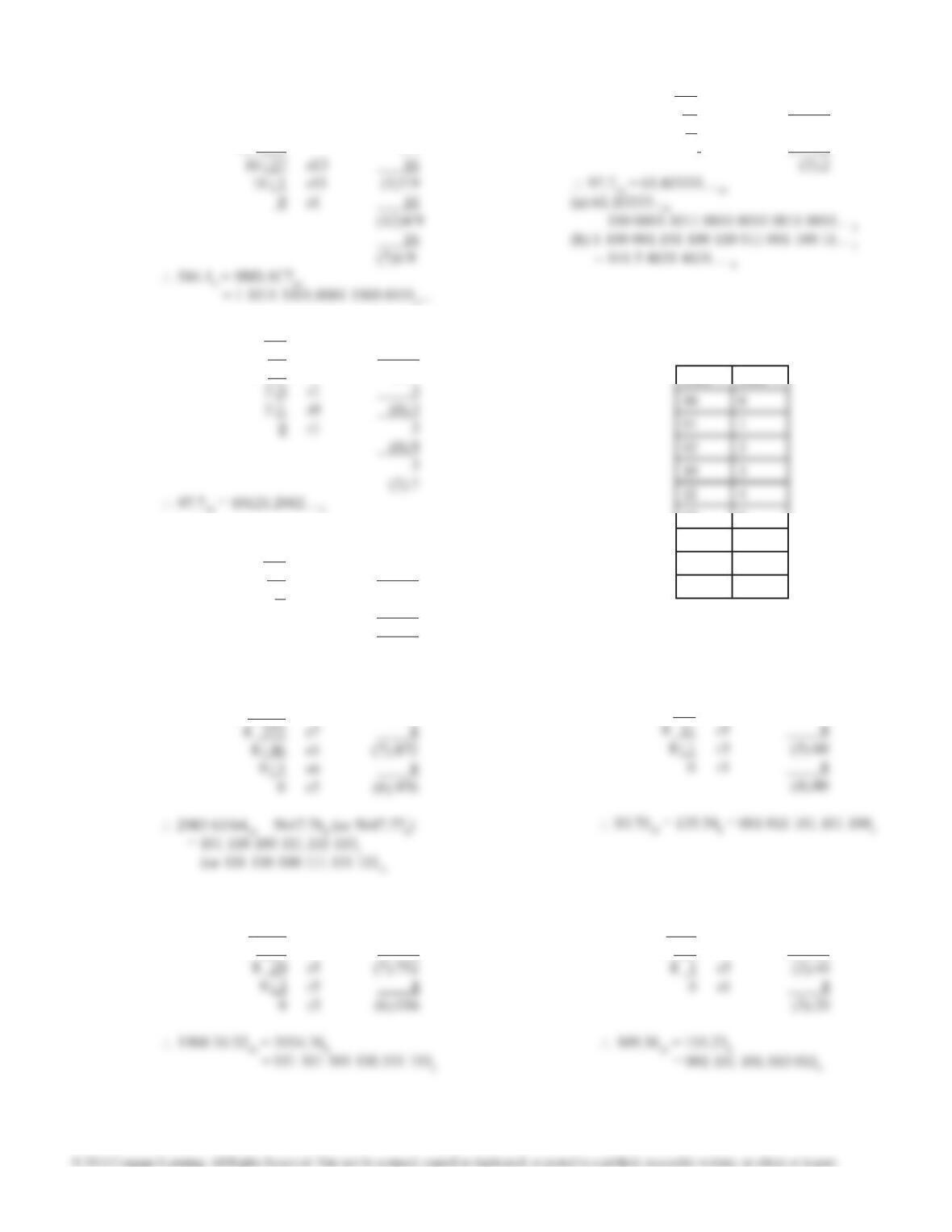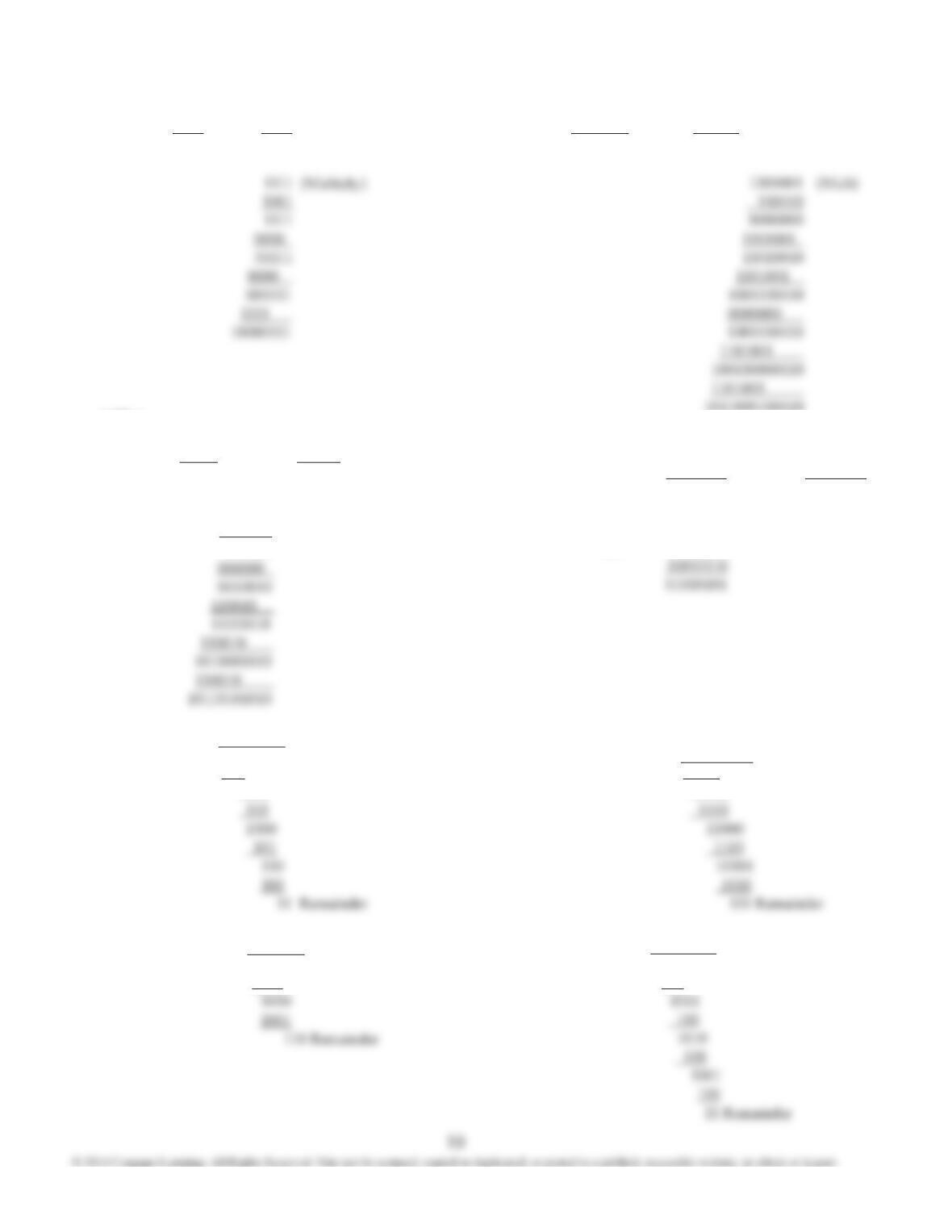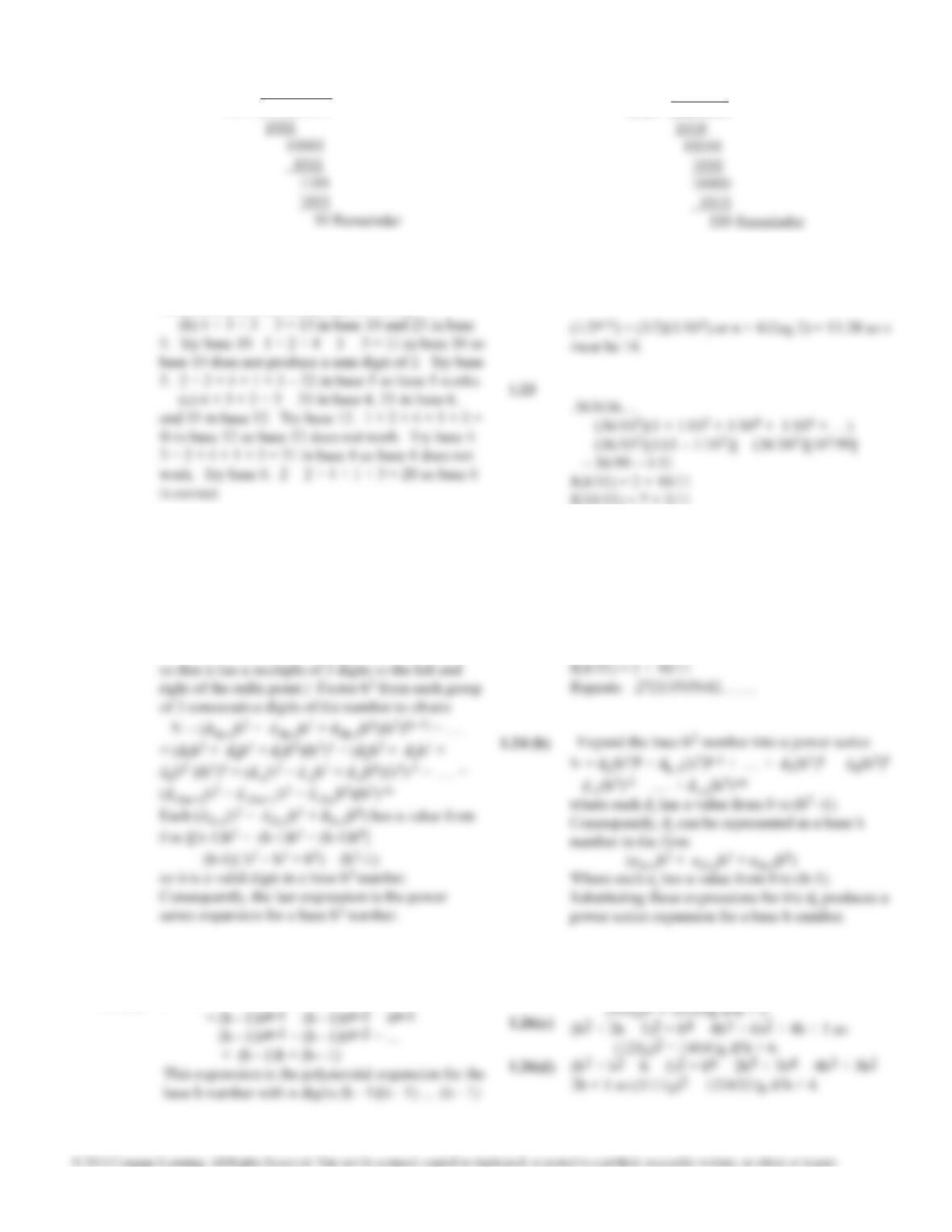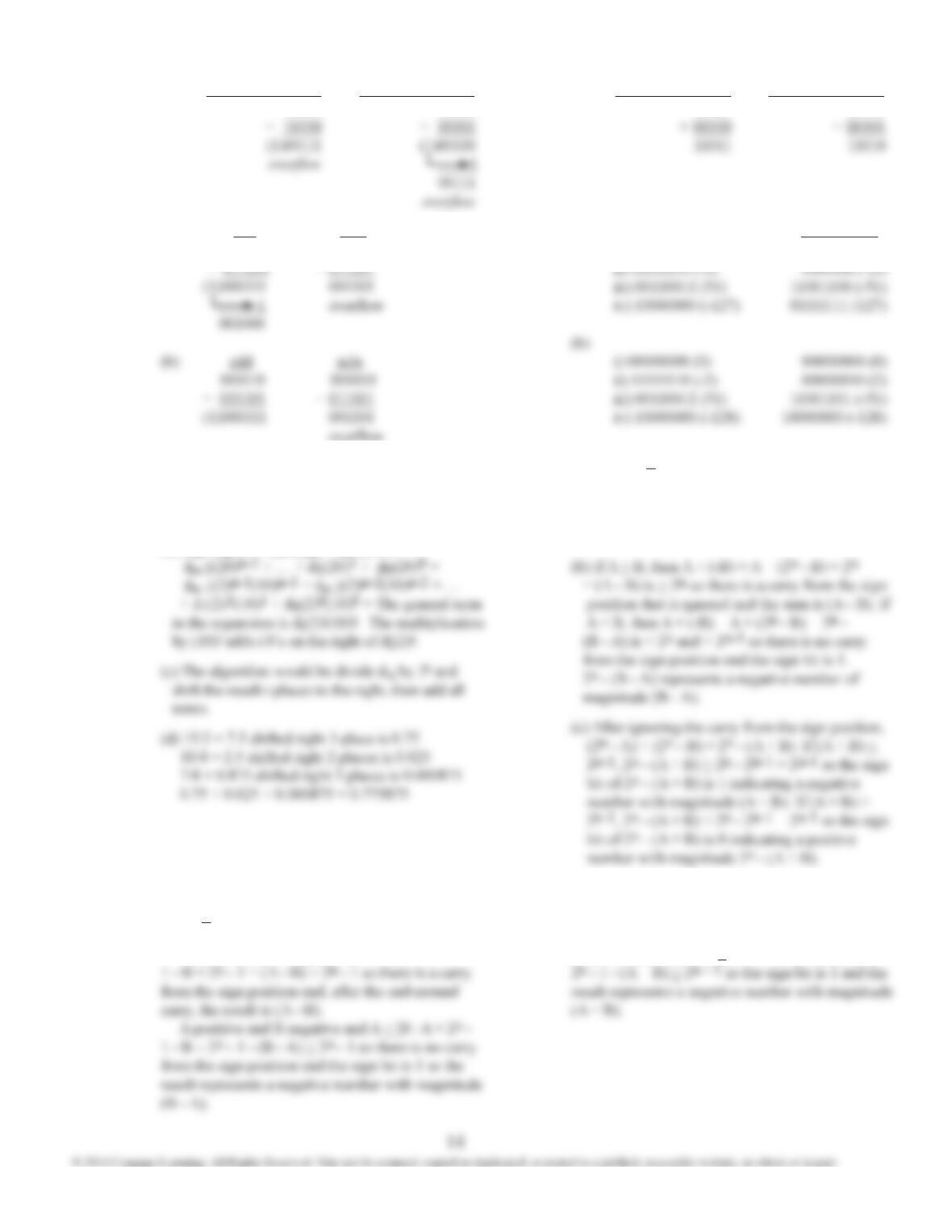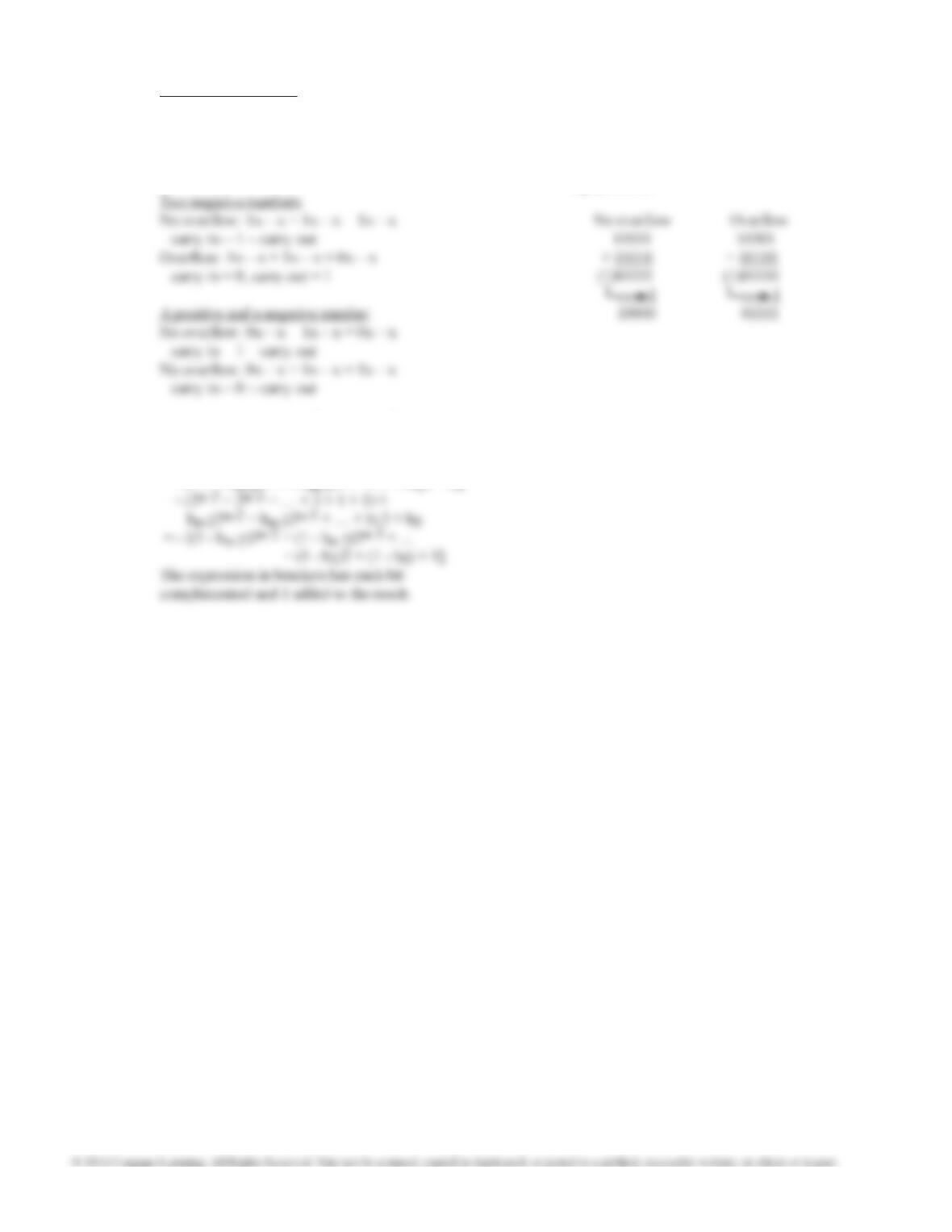I: INTRODUCTION
The text, Fundamentals of Logic Design,7th edition, has been designed so that it
can be used either for a standard lecture course or for a self-paced course. The text is divided
into 20 study units in such a way that the average study time for each unit is about the same.
The units have undergone extensive class testing in a self-paced environment and have been
revised based on student feedback. The study guides and text material are sufficient to allow
almost all students to achieve mastery of all of the objectives. For example, the material on
Boolean algebra and algebraic simplification is 2½ units because students found this topic
difficult. There is a separate unit on going from problem statements to state graphs because
this topic is difficult for many students.
1.1 Using the Text in a Lecture Course
Even though the text was developed in a self-paced environment, the text is well
suited for use in a standard lecture course. Since the format of the text differs somewhat
from a conventional text, a few suggestions for using the text in a lecture course may be
appropriate. Except for the inclusion of objectives and study guides, the units in the text
differ very little from chapters in a standard textbook. The study guides contain very basic
questions, while the problems at the end of each unit are of a more comprehensive nature.
At the University of Texas a class composed largely of Electrical Engineering and
Computer Science sophomores and juniors covers 18 units (all units except 6 and 19) of
the text in one semester. Units 8, 10, 12, 16, 17, and 20 contain design problems that are
suitable for simulation and lab exercises. The design problems help tie together and review
the material from a number of preceding units. Units 10, 17, and 20 introduce the VHDL

